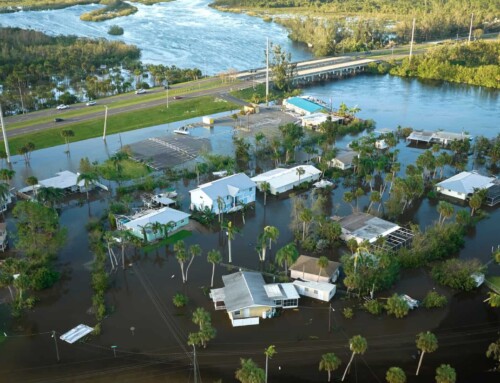Developing an adequate threat assessment and response plan is vital to maintaining a safe environment for your employees, students, and/or customers. The same way that you create plans for hurricane preparation and other workplace emergencies, measures should be taken for workplace and school violence scenarios.

Assess your Risk
The first step is always to determine how at risk you are and develop your response accordingly. Speaking to employees or students can be helpful in determining if there are threats of violence occurring, but it may be necessary to hire outside help from threat assessment psychologists and social workers. While it is difficult to determine what may lead to a violent encounter, identifying problematic events and traits is a good place to start. Conflicts between individuals, mishandled disciplinary actions, increased drug and alcohol use, as well as changes in personal circumstances, such as the end of a relationship or financial problems, can all be the cause for violence.
Some potentially dangerous or incendiary traits include:
- Increased belligerence, sensitivity to criticism, or angry outbursts
- Any form of threat, even those made in jest
- Fascination with or purchase of weapons
- Obsession with another co-worker or student
- Preoccupation with violence
- Noticeable changes in behavior
While any of these alone are not necessarily evidence of an issue, they should be noted and addressed.
Steps to Prevent Violence
- Adopt a workplace or school violence policy and prevention program and communicate the policy and program to employees.
- Provide regular training in preventive measures for all employees, supervisors, and managers.
- Support victims of workplace or domestic violence.
- Adopt and practice fair and consistent disciplinary procedures.
- Foster a climate of trust and respect among workers and between employees and management.
- Provide access to psychologists and other mental health professionals.
- Pay attention to complaints and respond quickly by reaching out to the parties involved to prevent escalation.
While media attention often focuses on the most devastating tragedies, the majority of incidents in the workplace and at school are lesser forms of assault, domestic violence, and harassment, including stalking. The goal is to reduce all of these risks.
Develop a Plan

Keep in mind that there is no catch-all strategy for developing a response plan. Effective plans may share features with one another, but the best ones must be tailored to the needs, resources, and circumstances of the situation. Typically, a threat response plan should include a notification system, evacuation plan and shelter locations, plan for at-risk individuals or people with disabilities, a way to account for individuals on the premises, and a kit for first responders to access the building. Develop protocols and procedures to alert first responders including public emergency services, trained employees, and management. Identify how you will communicate with administrators, employees, and students during and following an emergency.
An act of violence can occur without warning. If gunfire is suspected, every employee or student should know to hide and remain silent. They should seek refuge in a room, close and lock the door, and barricade it if it can be done quickly. They should be trained to hide under a desk, in the corner of a room, and away from the door or windows. Multiple people should be trained to broadcast a lockdown warning from a safe location.
In the event of a tragedy, it can be difficult to predict how everyone will react, but having an emergency plan on paper can help prevent the situation from getting worse.
Make Schools Safer
Besides developing a plan and limiting risk factors, schools should be also proactive in preventing violent situations by increasing their campus security.
Prioritize hiring retired police officers or military veterans for school security. Make sure all campus security is trained in your emergency plans and, in particular, in how to respond to active shooters. Teachers and administrators should also be included in this training. Collaborate with local law enforcement to increase their presence on campus, as well. If necessary improve the infrastructure and design to further reduce threats. This can take the form of security cameras, metal detectors, or simply devices to block off certain areas in the event of an emergency.
For more information on general emergency response plans check out www,ready.gov/business/implementation/emergency.





